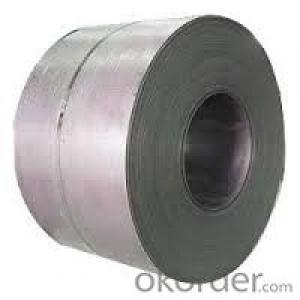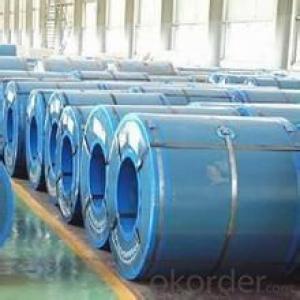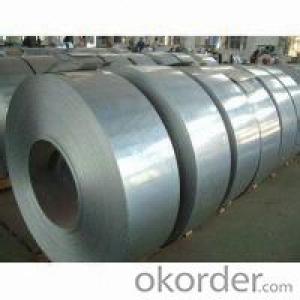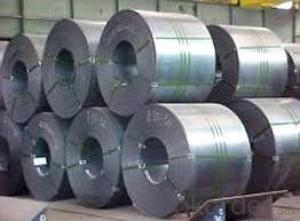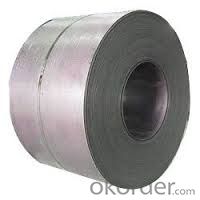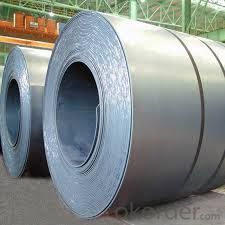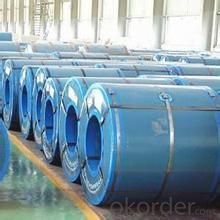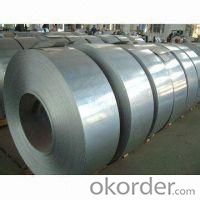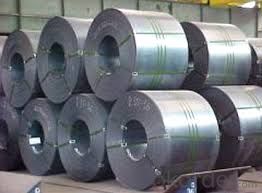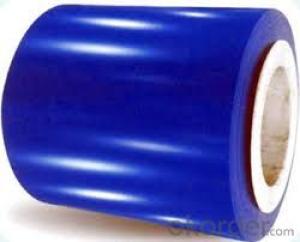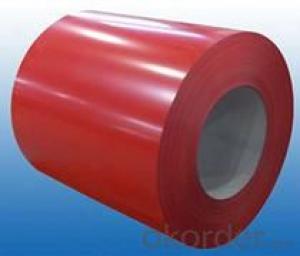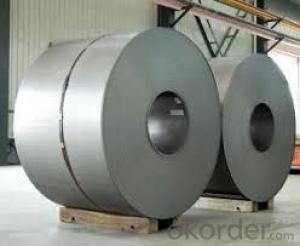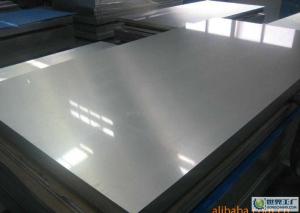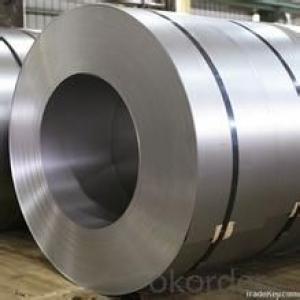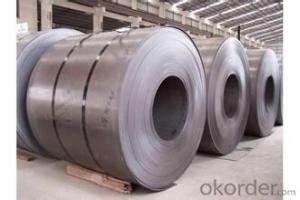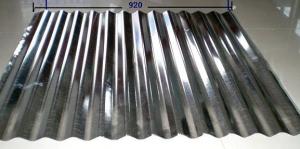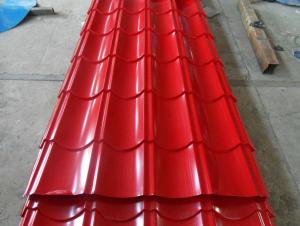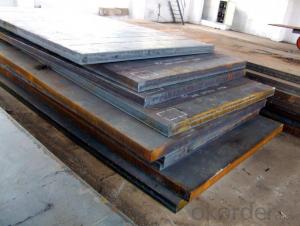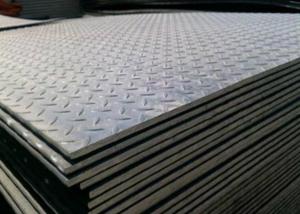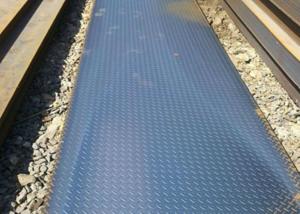hot rolled steel sheet DIN 17100 in good quality
- Loading Port:
- Tianjin
- Payment Terms:
- TT OR LC
- Min Order Qty:
- 30 m.t.
- Supply Capability:
- 500000 m.t./month
OKorder Service Pledge
OKorder Financial Service
You Might Also Like
Product Description:
Rolled to its final dimensions while it’s hot enough to scale, our hot-rolled steel is an amalgamation of the various qualities of steel. It can be in the form of plates, sheets and coils. Our Hot-Rolled Steel Sheets and Coils are applied to a wide range of uses such as automobile, electrical appliance, machinery manufacturing, container manufacturing, shipbuilding, bridge, pipeline, and receive high acclaim from our customers for its excellent quality.
Description:
Product: | Hot Rolled Steel Coils/Sheets |
Material: | Q195,Q235,A36,SS400,S235JR,Q345,ST37-2, CCSB etc |
Standard : | JIS G3002 GB/T251B |
Technique: | hot rolled |
Thickness | 1.2mm to 200mm |
Tolerance of thickness: | :+/-0.03mm |
Width: | 750mm-2000mm |
Tolerance of width: | :+/-5.00mm (aiming to +/-2.00mm) |
Normal width: | 914mm, 1000mm, 1200mm, 1219mm, 1250mm,1500mm |
Length: | According to requirement |
Coil ID: | 508mm-610mm |
Coil Weight: | 10-25 Metric Tons |
Surface: | Black, Chromate, fingerprint resistant treatment, slight oiled or non-oiled, dry |
Port of Loading: | Tianjin/Shanghai port |
Packaging Details: | Standard export packing or according to the clients required |
Delivery Time | Within 30 days after received 30% deposit or workable L/C |
Payment Terms: | L/C,T/T |
Image:
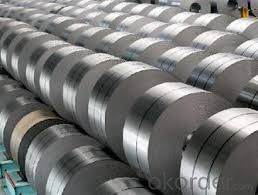

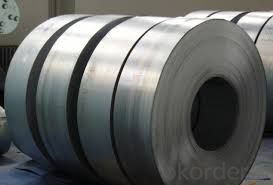
We can ensure that stable quality standards are maintained, strictly meeting both market requirements and customers’ expectations. Our products enjoy an excellent reputation and have been exported to Europe, South-America, the Middle-East, Southeast-Asia, Africa and Russia etc.. We sincerely hope to establish good and long-term business relationship with your esteemed company.
- Q: What is the difference between a hot rolled and hot dipped galvanized steel sheet?
- A hot rolled steel sheet is produced by rolling the steel at high temperatures, typically above 1,000 degrees Fahrenheit. This process allows the steel to be shaped and formed easily, resulting in a sheet with a rougher and less precise surface finish. Hot rolled steel sheets are commonly used in applications where strength and durability are key factors, such as in construction and structural projects. On the other hand, a hot dipped galvanized steel sheet goes through an additional process after being hot rolled. The steel sheet is immersed in a bath of molten zinc, which creates a protective coating on the surface of the steel. This coating provides excellent corrosion resistance and helps to prevent rusting, making hot dipped galvanized steel sheets ideal for outdoor and exposed applications. The main difference between the two types of steel sheets lies in their surface finish and protective properties. While hot rolled steel sheets have a rougher surface, hot dipped galvanized steel sheets have a smoother and more uniform appearance due to the zinc coating. Additionally, the galvanization process provides enhanced corrosion protection to the steel, extending its lifespan and making it suitable for harsh environments. In summary, hot rolled steel sheets are versatile and commonly used in various applications, while hot dipped galvanized steel sheets offer added protection against corrosion and are often preferred for outdoor or exposed applications.
- Q: What is the difference between hot dipped galvanized and electro galvanized steel sheets?
- Hot dipped galvanized and electro galvanized steel sheets are both types of galvanized steel, but they differ in the method of application and the resulting characteristics of the coating. Hot dipped galvanized steel sheets are made by immersing the steel into a molten zinc bath. This process creates a thick, durable coating that provides excellent corrosion protection. The steel is completely coated in zinc, both on the surface and on the edges, ensuring complete coverage and protection against rust and other forms of degradation. The coating thickness can vary depending on the application and the required level of protection. On the other hand, electro galvanized steel sheets are produced by electroplating steel with a thin layer of zinc. The steel is first cleaned and treated with an acid solution to remove impurities and improve adhesion. Then, it is immersed in a zinc electrolyte solution, and an electric current is passed through the bath, causing the zinc ions to bond with the steel surface. This process results in a much thinner coating compared to hot dipped galvanized steel. Due to the thinner coating, electro galvanized steel sheets provide less corrosion protection than hot dipped galvanized steel sheets. They are more suitable for indoor applications or environments with less exposure to harsh conditions. However, electro galvanized steel sheets offer other advantages such as a smoother and more uniform appearance, making them popular for applications where aesthetics are important, such as automotive parts or appliances. In summary, the main difference between hot dipped galvanized and electro galvanized steel sheets lies in the method of application and the resulting coating thickness. Hot dipped galvanized steel sheets have a thicker, more durable coating, providing superior corrosion protection, while electro galvanized steel sheets have a thinner coating, making them more suitable for indoor applications and offering a smoother appearance.
- Q: What is the average wind load capacity of steel sheets?
- The average wind load capacity of steel sheets can vary depending on various factors such as the thickness of the sheet, the type of steel used, and the specific design and installation of the structure. However, steel sheets are known for their high strength and durability, making them capable of withstanding significant wind loads. Typically, steel sheets used for roofing or cladding applications are designed to meet specific wind load requirements based on regional building codes and standards. These standards take into account factors such as the geographical location, building height, exposure category, and wind speed. To determine the wind load capacity of steel sheets, engineers and architects use calculations and simulations to analyze the forces exerted by the wind on the structure. They consider factors such as wind pressure, building orientation, surface area, and the shape and profile of the steel sheets. In summary, the average wind load capacity of steel sheets cannot be generalized as it varies based on several factors. It is crucial to consult with a structural engineer or building professional to determine the appropriate wind load capacity requirements for a specific steel sheet application.
- Q: What is the difference between a smooth and embossed steel sheet?
- A smooth steel sheet refers to a sheet that has a flat and consistent surface without any texture or patterns. It is typically produced by rolling the steel through a series of rollers to achieve a smooth and uniform finish. Smooth steel sheets are commonly used in applications where a sleek and seamless appearance is desired, such as in architectural and interior design, automotive manufacturing, and appliances. On the other hand, an embossed steel sheet has a textured or patterned surface. This texture is created by pressing the steel sheet between embossing rollers, which impart a design onto the surface. The embossed pattern can be various shapes, such as diamonds, squares, or waves, and it adds a decorative and tactile element to the sheet. Embossed steel sheets are often utilized in industries like furniture manufacturing, signage, and decorative metalwork. In terms of functionality, smooth steel sheets are typically chosen for applications where a clean and unadorned surface is required, such as for painting, coating, or other surface treatments. They provide a blank canvas for further customization or finishing processes. In contrast, embossed steel sheets offer a visually appealing and distinct texture that can enhance the aesthetic appeal of a product or structure without the need for additional surface treatments. Additionally, the surface texture of a smooth steel sheet tends to be more resistant to fingerprints, smudges, and dirt accumulation compared to an embossed steel sheet. This makes smooth steel sheets easier to clean and maintain in applications where cleanliness is crucial, such as in food processing or healthcare industries. Overall, the main difference between a smooth and embossed steel sheet lies in their appearance, functionality, and suitability for specific applications. Whereas smooth steel sheets provide a clean, consistent, and versatile surface, embossed steel sheets offer a decorative and textured finish that can enhance the visual appeal of a product or structure.
- Q: What is the typical thickness tolerance of a steel sheet?
- The typical thickness tolerance of a steel sheet can vary depending on the specific industry and application requirements. However, in general, the thickness tolerance for a standard steel sheet can range from +/- 0.001 inches to +/- 0.010 inches. This means that the actual thickness of the sheet can vary within these tolerances. The tolerance level is determined by various factors such as the manufacturing process, the intended use of the sheet, and the desired precision. It is important to note that more precise tolerances may be required for certain industries or applications where dimensional accuracy is critical.
- Q: Are steel sheets resistant to radiation?
- Yes, steel sheets are generally resistant to radiation due to their high density and composition. The thickness and quality of the steel can influence its resistance, but in general, steel sheets provide a protective barrier against radiation.
- Q: Can steel sheets be used for cladding or façade applications?
- Yes, steel sheets can be used for cladding or façade applications. Steel is a versatile and durable material that can provide structural support, protection, and an aesthetically pleasing appearance to buildings. It is commonly used for cladding and façade applications due to its strength, resistance to weathering, and variety of finishes available.
- Q: What are the different testing methods for steel sheets?
- There are several testing methods used for steel sheets, including tensile testing, hardness testing, impact testing, bend testing, and thickness measurement. Each method serves a specific purpose in evaluating the quality and properties of steel sheets.
- Q: What is the average weight of a steel sheet per square meter?
- The average weight of a steel sheet per square meter depends on the thickness and type of steel, but it typically ranges from 7.85 to 8.05 kilograms per square meter.
- Q: Can steel sheets be used for architectural purposes?
- Yes, steel sheets can be used for architectural purposes. They are often utilized in construction projects for their durability, strength, and versatility. Steel sheets can be used for roofing, cladding, facades, and structural applications, providing a modern and sleek aesthetic while also offering structural integrity and resistance to weather conditions.
Send your message to us
hot rolled steel sheet DIN 17100 in good quality
- Loading Port:
- Tianjin
- Payment Terms:
- TT OR LC
- Min Order Qty:
- 30 m.t.
- Supply Capability:
- 500000 m.t./month
OKorder Service Pledge
OKorder Financial Service
Similar products
Hot products
Hot Searches
Related keywords
